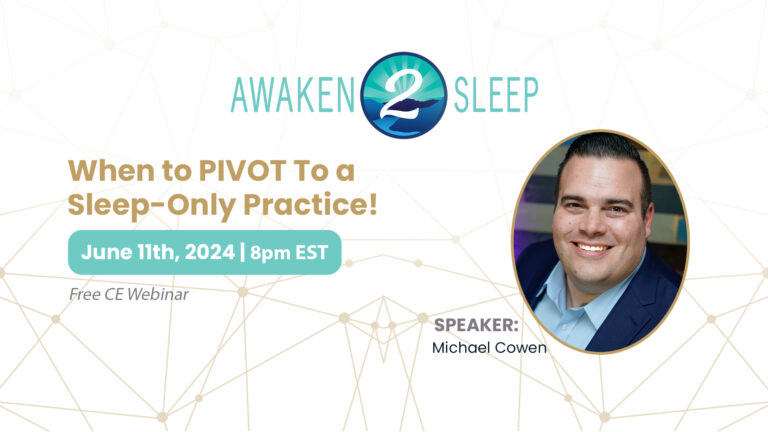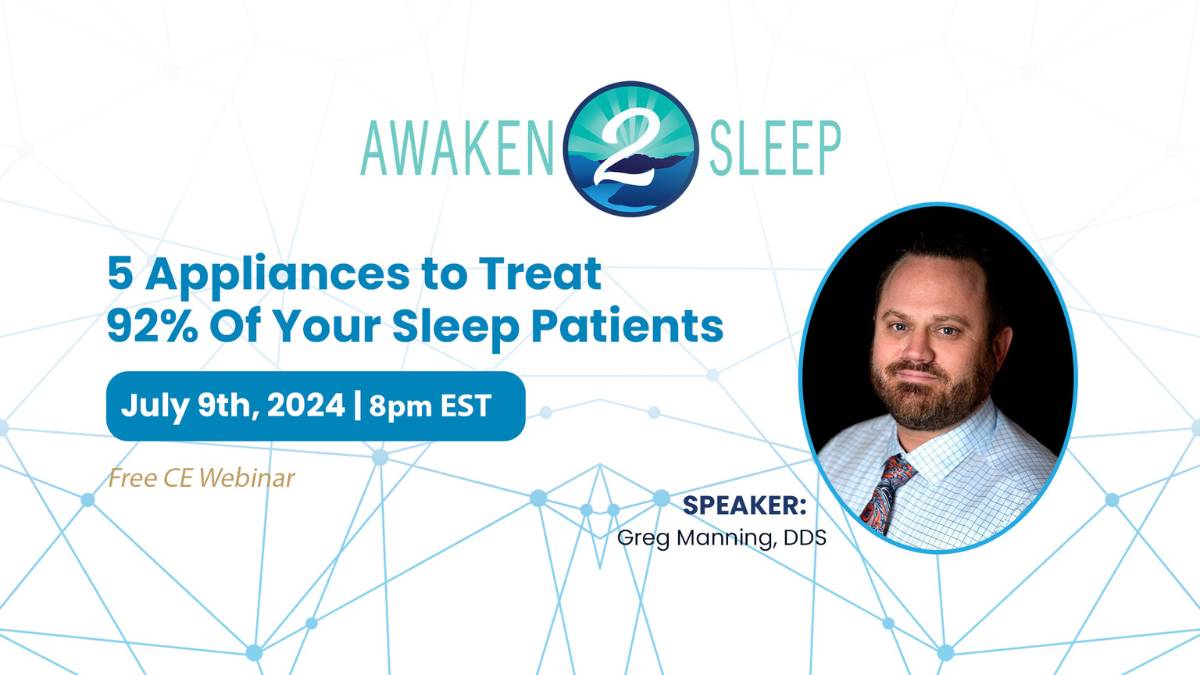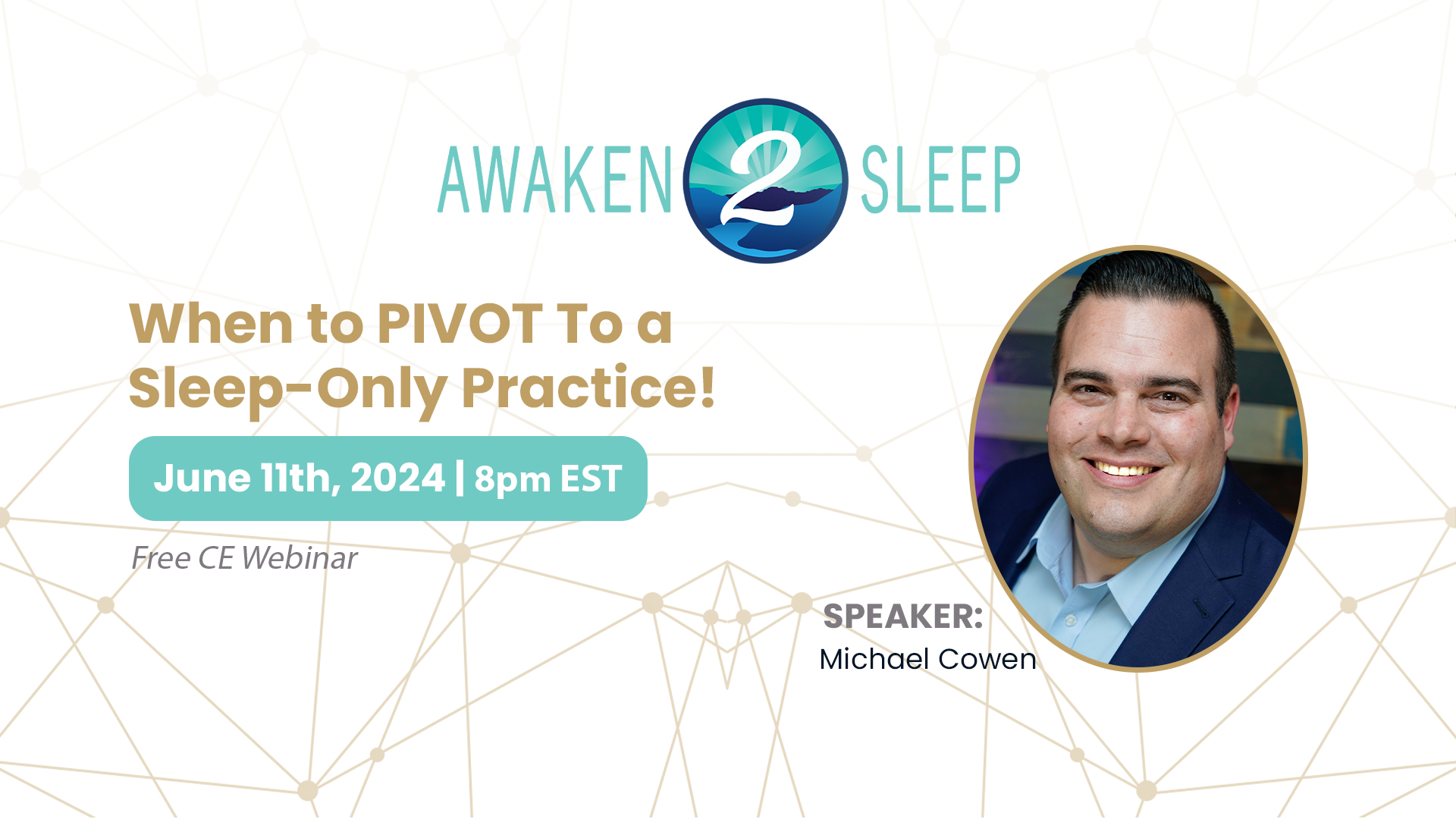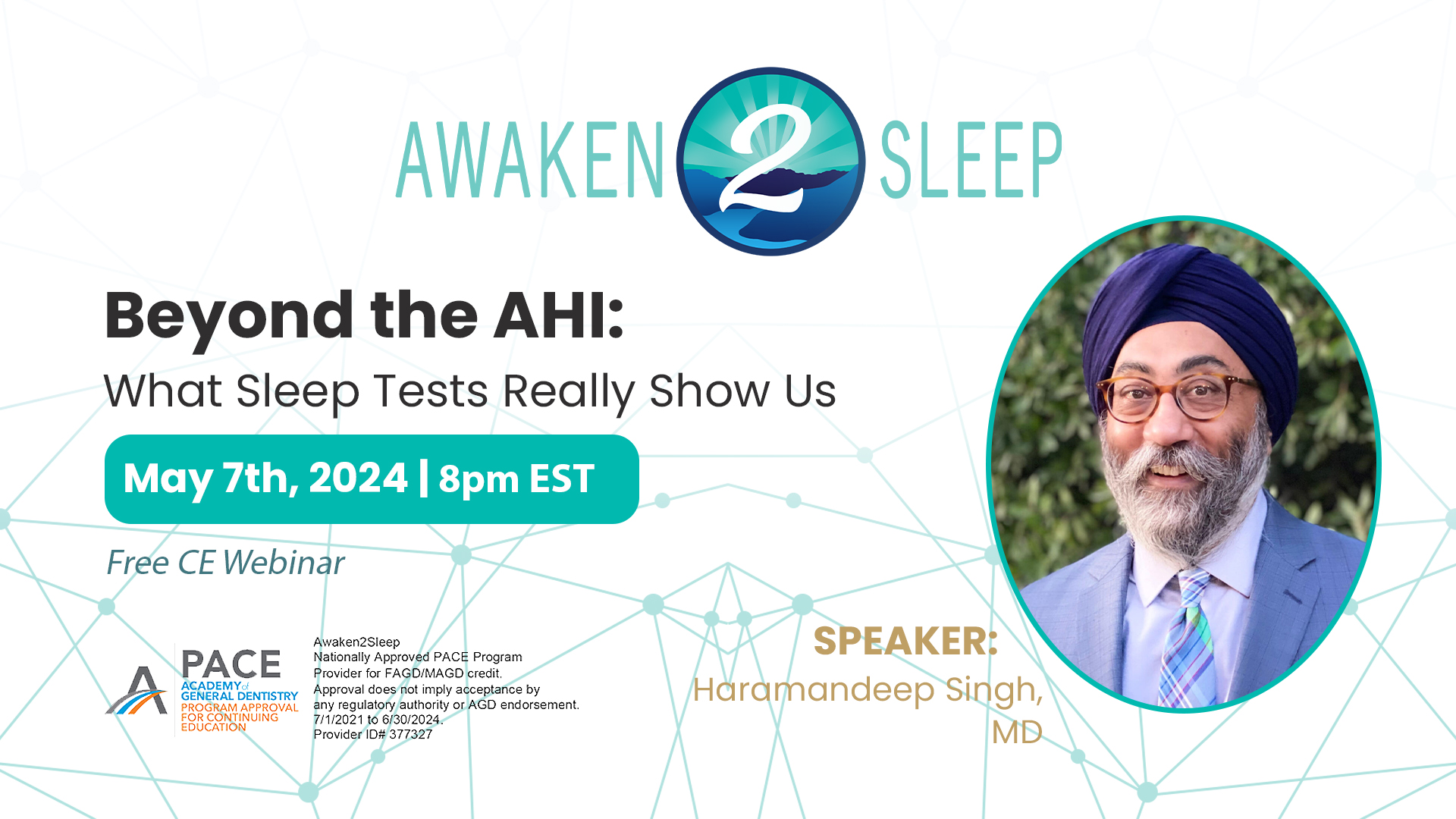By Dr. Mark T. Murphy
Traditionally, oral appliances for treating OSA have utilized existing materials and manufacturing standards. This has required repurposed orthodontic parts and pieces (Herbst arms, hooks, jackscrews, straps, etc.) being assembled by hand and attached to cold cured poly methyl methacrylate platforms. Occasionally modifications appear that make them easier to deliver (ball clasps, soft liners, very flexible printed nylon, etc.) but they do so at a price.
Occlusal changes, tooth movement, staining, bio gunk, delamination, TMJ issues, less than optimal efficacy, and discomfort impact both the treatment success and physician perception of Oral Appliance Therapy.
ProSomnus [PH] Precision Herbst Sleep Device
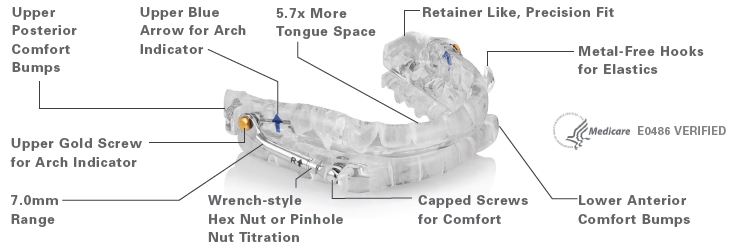
A simple 10% shift in the over 4-billion-dollar PAP placement market, would more than triple the number of custom mandibular advancement devices placed annually. If we are to affect a prescription mix shift from PAP to OAT, we need to earn physician’s trust and redirect payers’ wallets.
ProSomnus has spent the past few years, designing, manufacturing, marketing, and selling medical devices designed to do just that. Innovative precision designs, better material selection and input from ALL the stakeholders has resulted in a portfolio of products that exceed the expectations of patients, providers, physicians, and payers. Surveying physicians and insurance companies, holding voice of customer meetings and completing clinical trials that assess patient preference have guided the design, material selection, and manufacturing of this next generation of oral appliances.

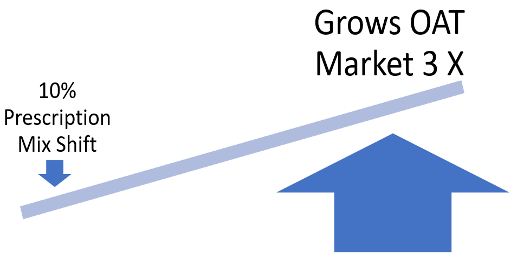
Introducing the ProSomnus EVO
Patient Preferred OSA Therapy™

Let us have a look at how this industry-leading precision medical device manufacturer is driving prescription mix shift.
Patient Preference
Patients’ adherence to any treatment regimen is critical to achieving the desired health outcomes. A recent AADSM poster and abstract IRB demonstrated 96% strongly preferred the new ProSomnus EVO over predicate devices and CPAP therapy. The 31 patients had worn and liked their current devices, all of which had either soft liners or printed nylon for improved comfort. The smaller size, best in class tongue space and 90-degree post designs also meant less advancement and therefore fewer side effects that come with increased dose (mandibular protrusion). Similarly, the bite would be easier to get back in the morning with a more conservative dose. These devices stained much less than legacy devices and were easier to keep clean. Patients were thrilled with this material during the clinical trials and the thousands of placements since.
Providers Ease of Use
A slight material flexibility made the already precise ProSomnus platform easy and faster to deliver. A ProSomnus customer service survey for EVO demonstrated; 100% of cases were on time and 99.3% patient’s satisfaction.
This makes the dentist’s and team’s experience less stressful giving them greater peace of mind, appreciative patients and saves chair time. Additional appointment for advancement, adjustment and repair are often the greatest profitability compromise in a DSM practice.
98.7% had no bite adjustments, nine out of ten dropped right in and required NO adjustments at all at delivery and 100% of the providers would recommend EVO. The monolithic metal free design and material durability also mean less interventions downstream for repairs or replacement. As described above, the platform is designed to require less advancement dose, and fewer side effects.
Physician's Trust
Early inputs are demonstrating even better efficacy that previous ProSomnus solutions. The anatomical splint design feels more natural to the tongue and tissues and may be a significant advantage for engaging non responders.
Along with improved efficacy, excellent comfort and ergo, improved mean disease alleviation and effectiveness become potent issues in conversations with sleep physicians. Fewer side effects, improved comfort and hygiene are all designed to inspire physician confidence in Oral Appliance Therapy.
With this next EVO-lution in device and material design we can change the mix shift of sleep doctors, physicians assistants and nurse practitioners and do more devices. Broadening the discussion from AHI to QOL, BP, ESS and other important metrics can shine an even brighter light on mandibular advancement therapy. Earning medicines trust will come from better evidence based devices and outcomes, not shortcuts and workarounds.
Payer's Wallets
“Follow the Money” is a catch phrase that is also sound advice. The AHRQ paper requested by CMS about CPAP effectiveness may be one small step in a reduction in benefits for the gold standard treatment. By using better devices and positioning OAT as COST effective and OUTCOME effective, we can insure reimbursements in the near and far future. A recent poster at the AADM demonstrated the one-, two-, three- and five-year cost of PAP vs oral appliance treatment.
When the ongoing consumable expenses of filters, masks, hoses, humidifiers, and maintenance are factored in, PAP therapy is 2-3x more expensive than Oral Appliance Therapy. Payers will embrace better disease alleviation, adherence, and cost effectiveness to manage costs. They will not pay for outdated, imprecise, side effect rich, non hygienic appliances.
In Conclusion
Obstructive sleep apnea therapies are at an important crossroad. The traditional gold standard positive airway pressure solution is being challenged in terms of therapeutic outcomes and effectiveness. Invasive surgical procedures featuring neuro stimulatory applications are gaining momentum, but only serve a limited scope of cases. Existing medications like Scopolamine have demonstrated marginal improvements in muscle tone and slight reductions in the number of events. Historically, mandibular advancement devices have had issues, and never fulfilled the promise of a cost effective, efficacious solution that was trusted by medicine. Recent design, material, and manufacturing advancements by companies like ProSomnus are bridging the chasms that have inhibited a broader adoption of oral appliance therapy.
Keeping all the stakeholders in mind provides a more Gestalt solution that can be embraced by Patients, Providers, Physicians and Payers alike. ‘Precision’ mandibular advancement devices are a distinct evolutionary improvement in this therapeutic milieu. Legacy devices have failed to achieve the outcomes, failed to engage other stakeholders, and failed to earn the trust of the medical community.
The time has come for Oral Appliance Therapy to step to the forefront. The EVO-lution of PRECISION device designs and materials has made this a reality.
About Mark T. Murphy, DDS
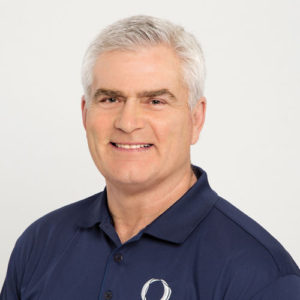
Mark T. Murphy, DDS, a Diplomate of the American Board of Dental Sleep Medicine is the Lead Faculty for Clinical Education at ProSomnus® Sleep Technologies and the Practices DSM part time in Rochester Hills, MI . He also chairs the DSM program at the University of Detroit Mercy. He lectures internationally on Leadership, Practice Management, Case Acceptance, Occlusion, TMD and Obstructive Sleep Apnea. Mark has been involved in Sleep Dentistry for over 25 years, is an AASM member, and has trained with several of the leading sleep dentists and training institutes. He is an informative and entertaining speaker, blending a stand-up style of humor and anecdotes with current evidence-based research that you can take home and use in your practice right away.




